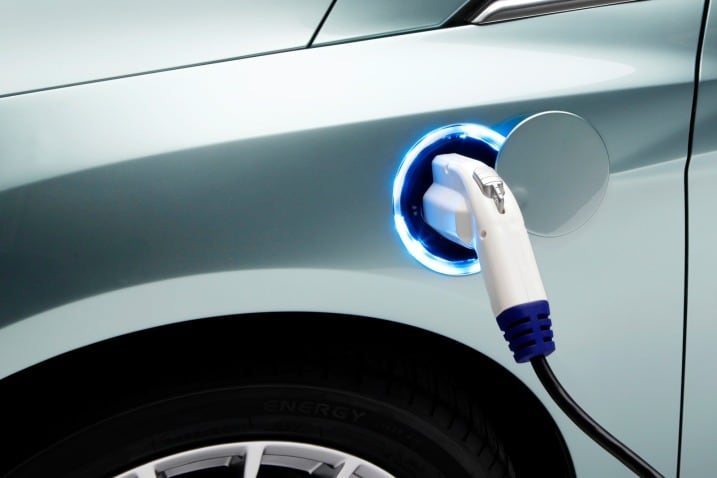Depending on which side you take in the political argument over government automobile regulation, California is either a champion of clean air and improved fuel efficiency or a ravening beast determined to destroy the auto industry and our freedom to choose the cars and trucks we want.
The state's latest update to its zero-emissions vehicle rules, usually called the ZEV (Zero Emission Vehicle) mandate, won't resolve the argument, but it will bring big changes to the mix of cars on sale in California, not to mention at least nine other states that collectively make up nearly a third of the U.S. market for new-car sales. You may be a car buyer in Vermont, but California is deciding what cars you might be seeing on dealer lots.
By the 2025 model year, automakers that sell vehicles in California will have to make 15.4 percent of them ZEV. That's an estimated annual output for one state of 270,000 EVs, plug-in hybrids and fuel-cell electrics, based on projected 2025 statewide sales of 1.75 million new cars and light trucks. Plug-in hybrids with extended all-electric range are expected to account for about two-thirds of the total.


 by
by 
